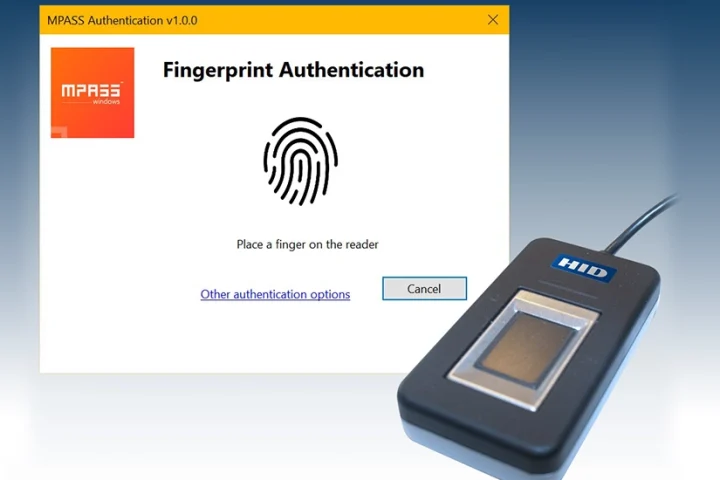Palo Alto Networks are constantly developing our range of innovative solutions across three pillars of our strategy. These pillars are branded as Cortex, Strata, and Prisma and each pillar has a suite of products that integrate across our platform. Strata helps to secure the enterprise by using our industry-leading network security suite, including our Next Generation Firewall. It ensures organisations can consistently secure users, applications, and data, wherever they reside.
Cortex looks to secure the future with a specific focus on leveraging AI and Machine Learning against our data lake and automating the detection, investigation, and response to cyber threats for our customers. It focuses within Security Operations Centres that most businesses typically struggle to mature today by helping to simplify deployments and reduces infrastructure and operational overhead.
Prisma helps to secure our customers’ cloud journey including SaaS, Public, and Remote access for mobile users, and remote locations through a cloud-delivered architecture. The security services effectively predict, prevent, detect, and automatically respond to security and compliance risks without creating friction for users, developers, and security and network administrators.
Key pain points for CISOs
As CISOs focus on expanding security protections across their environment, most security solutions they look at don’t integrate well into their security architecture. As a leader within the cyber security industry, Palo Alto Networks integrates our own solutions along with other industry leaders.
Our focus is to help customers integrate, simplify, and automate their platform. It is important for the whole industry to ensure better integration both on an internal and external level to help customers respond better to attacks. Our unique approach with our solutions is to collect good contextual data from various control points, run analytics against them, and automate responses.
With the high degree of vendor fragmentation in the market today, CISOs needs to help identify and quantify the risk their organisations face and select the right tools to help reduce it. Traditionally, the focus has been on ROI, but that is pointless unless we can quantify the risk.
This practice has been taking place for many years; however, nowadays board members are taking a much greater interest in the investment aspect and challenging their CISOs to quantify the impact of these solutions so Risk management is critical.
Next generation of cyber security solutions
More than the products, it is the concept of cyber security that is adapting and innovating new solutions. About 20 years ago, an organisation’s data was behind corporate headquarters, but now people have immediate access to data from the cloud through laptops, tablets and other devices. We have data everywhere.
Therefore, it is necessary to shift from the Layered Defence Model to the Zero Trust Model, which is the ability to microsegment parts of your data or network environment and apply visibility and control. With the Zero Trust Model, you can microsegment all your critical assets including machine, server or endpoint from the rest of the network with full visibility and available controls.
We recently acquired Aporeto, an innovative organisation that allows us to apply the Zero Trust Model within the cloud. This is surely the next phase of what customers value and are looking at in terms of security investments. The focus is not solely on products but also on organisations and vendors. In general, the cyber security industry is working towards better integration.
At Palo Alto Networks, we share and integrate log data with that of other vendors in our Data Lake storage. This is a common-sense approach for vendors and is hugely beneficial in terms of improving security for our customers, and in particular, it helps reduce many pain points that CISOs are facing.
We are also working with several companies on insight engagement to help quantify the real risks inside their organisations. At Palo Alto Networks, this is a value-added benefit both on an internal level or with third-party support to help customers understand their current state, find the gaps and help them identify their desired future state.
These are some new implementations which we hope will benefit CISOs identify their long-term strategic roadmaps.
Future skill sets of cyber security professionals
In terms of skillsets, individuals must be up to date on new technology. Apart from the mindset shift of moving from the Layered Defence Model to a Zero Trust Model, there will be a growing requirement for artificial intelligence and automation skills in cyber security.
In addition, we must be able to identify between good or meaningful data from the rest. The next generation of cyber security professionals need to look at becoming data scientists; with identifying their data as threat hunters and knowing the exact queries to run.
By Haider Pasha, Senior Director and Chief Security Officer at Palo Alto Networks, MEA.
























